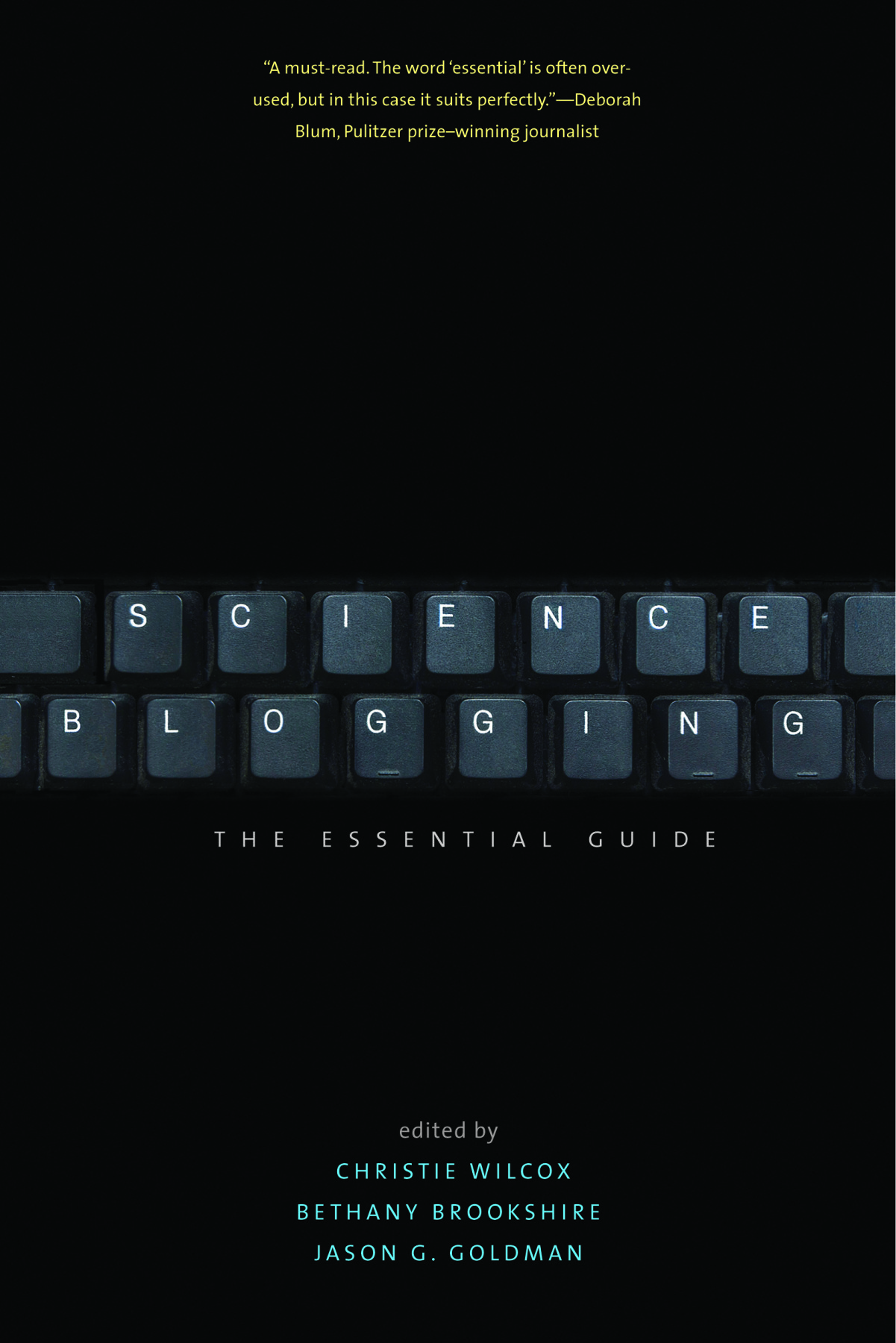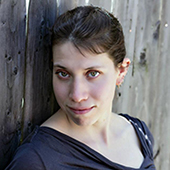
In a world where anyone with an Internet-connected device can post anything at any time, the hardest part can be getting noticed in the first place. It can be hard enough to get a new piece noticed when it’s at a specialty magazine. But when it’s just a random post in a far-off corner of the Internet, how do you get people to read, and then come back and read again?
The book Science Blogging: The Essential Guide features chapter authors that are some of the most prolific and popular writers on their beats. But no one is born a viral sensation. Today, we ask them about how they built their audiences.
Some bloggers, such as Carl Zimmer, built their audiences through previous work at magazines. But for those who started from scratch, how did they make a name for themselves? Consistency and frequency seem to be key.
Travis Saunders: At first we posted a lot—6 days a week. We were also actively doing guest posts, doing weekly link roundups, etc. Now we post 4–5 times a month…. As our careers have progressed, we just haven’t had the time to keep up that level of posting, but we’ve certainly noticed a plateau in readership as a result.
Danielle N. Lee: You build an audience by providing consistent content. When I decided to take my blogging seriously I set out to blog more routinely. I promised to post every other weekday. That way people had a reason for visiting the blog. I then decided to use an editorial calendar. I set themes for blog posts: Mondays were Children’s Science Book reviews, Wednesdays were Wordless Wednesdays, and Fridays were Science Activities. It helped me post regular content and engage people in science.
Brian Switek: Regularity. That’s really all you can do. Post on a regular schedule and don’t apologize or promise, “more posts are coming, I swear,” if you miss some.
While more posts always helps, building the audience you want also involves knowing who that audience is, and interacting with followers consistently.
Joe Hanson: I think that some of my audience growth was thanks to lucky timing, being one of the first science blogs on a quickly growing social network. But if I dispose with humility for a moment, I also made an effort to reach a very specific audience by learning what kind of content they seemed to enjoy, becoming a fellow member of that Internet community, speaking their language, and constantly interacting with and gathering feedback from them as time went on.
Networking is also important. If other bloggers or writers know who you are, they may seek out and recommend your work.
Marie-Claire Shanahan: Sharing and commenting on other people’s posts was, in the early days, the best way to build community. And by building communities, we built our shared audiences. I’m honestly not sure what I’d say about building an audience though. Guest posts at higher-profile venues on important topics help a lot. If people like your writing there, they may try to find you elsewhere.
Janet Stemwedel: Tell people you actually know that you’ve written something that they might find interesting, and invite them to comment. If you’ve written something that’s part of an ongoing conversation of which you’ve been a part, share the link with the other people in that conversation. And remember that a small audience of people who are really engaging with what you’ve written can be more rewarding than a much bigger audience that doesn’t—so build quality, not just quantity.

Glendon Mellow: Contact movers and shakers and don’t be shy when you’re starting out. Comment on other people’s work that you have an interest in, and they will backtrack to see your profile.
Kate Clancy: At first I built it by commenting on and building relationships with other blogs I admired, and by trying to regularly write high-quality content. Later, I reached out to people I knew with whom I had a good relationship or friendship to signal-boost my work.
Sharing what you’ve written can take different forms on different social-media platforms, but all can drive traffic to your work.
Karl Leif Bates: We repurpose our blog content in as many different forums as make sense: The headline might be mentioned in the online, daily campus newspaper, the photo may go to FB or Instagram, a tweet and a link, etc. Our most successful posts of the last year were those that involved a non-Duke party who then shared it on their networks. If we were really driven to build audience for the blog, that’s where we’d go—stories involving influential non-university entities.
Glendon Mellow: Repost links on your social media: Most people sip from the firehose and may miss it the first time.
Matt Shipman: I use Twitter. I share with friends in the field, and hope they like it enough to pass it on. And I’ve used my blog as an excuse to pick the brains of science communicators (writers/artists/etc.) whose work I admire. That part is pretty awesome.
Finally, don’t forget that passion about a subject comes through, and that is a powerful attractant.
Greg Gbur: I’ve never worked out a particular strategy for building an audience; I just write about what excites me and hope that people find it interesting and come back for more. Lots of conversations on Twitter, however, have helped convince people that I’m someone interesting to read (I hope).
Rhett Allain: Be true to yourself. Write like you want to write and write for yourself. That is the first step. You can’t write to please others—that won’t last long. Other than that, just share what you love and keep at it. Building an audience takes time. There are no shortcuts.

Bethany Brookshire is an award-winning science writer at Science News and Society for Science & the Public. She runs the Scicurious blog and is the web producer and social-media manager for Science News for Students. She is one of three editors of Science Blogging: The Essential Guide (Yale University Press). She is also the guest editor of The Open Lab Anthology: The Best Science Writing Online, 2009. Bethany is based in Washington, DC. Find her at her website, or follow her on Twitter @scicurious.


